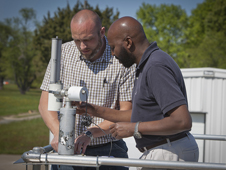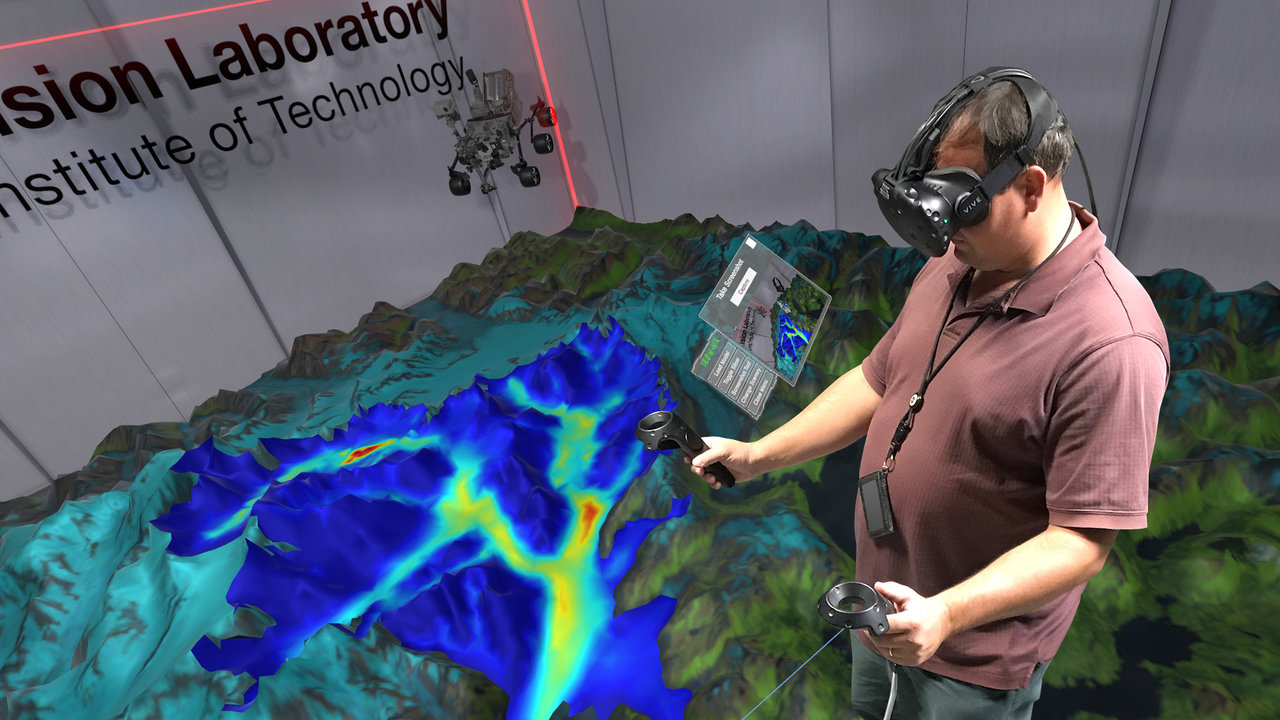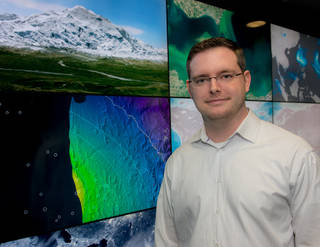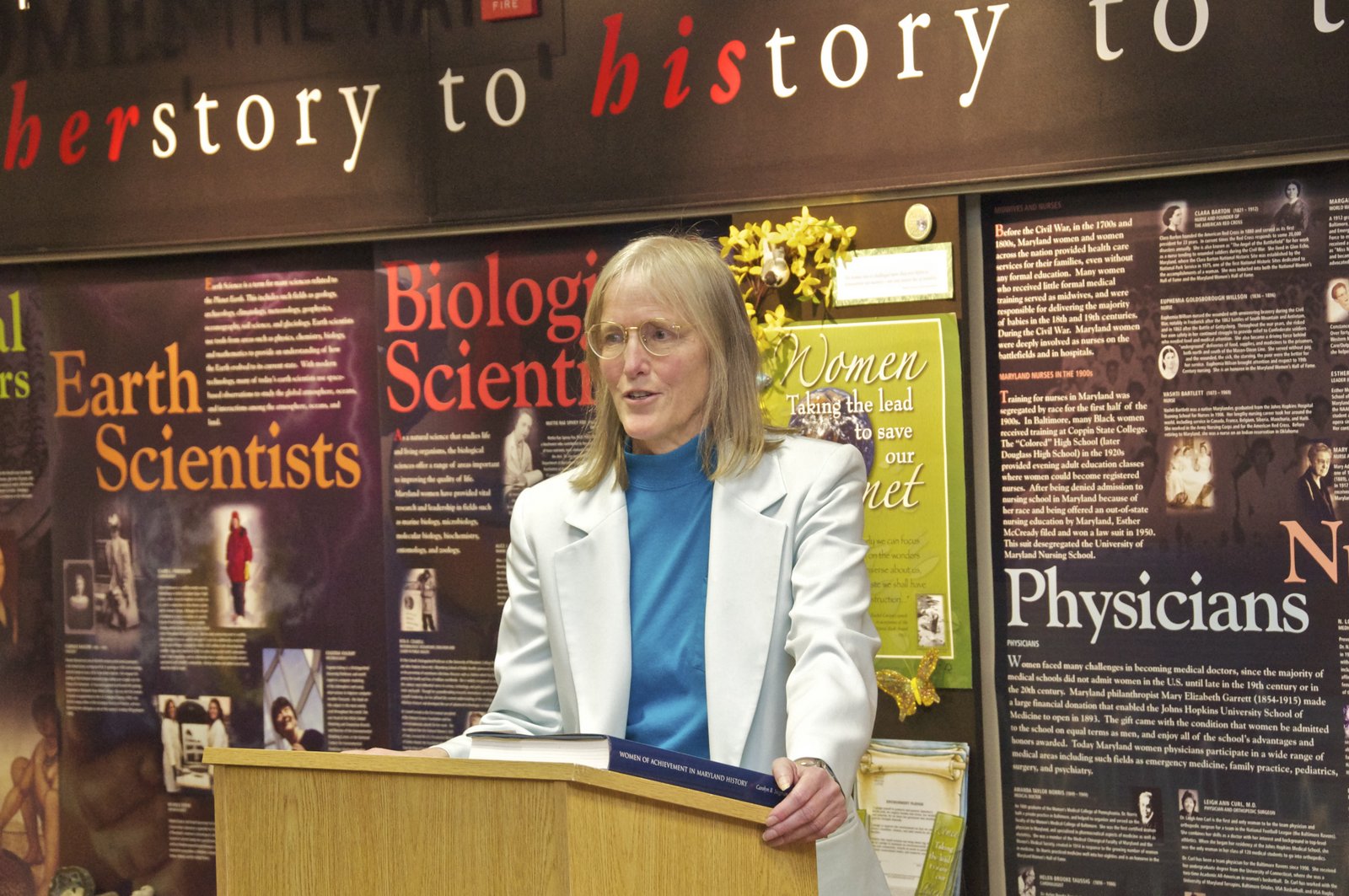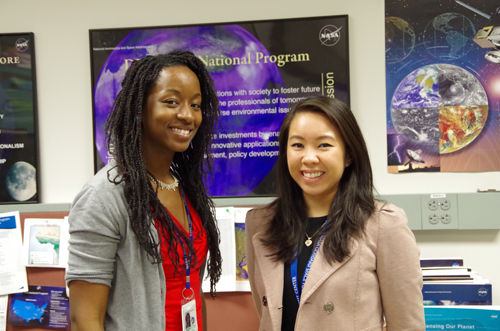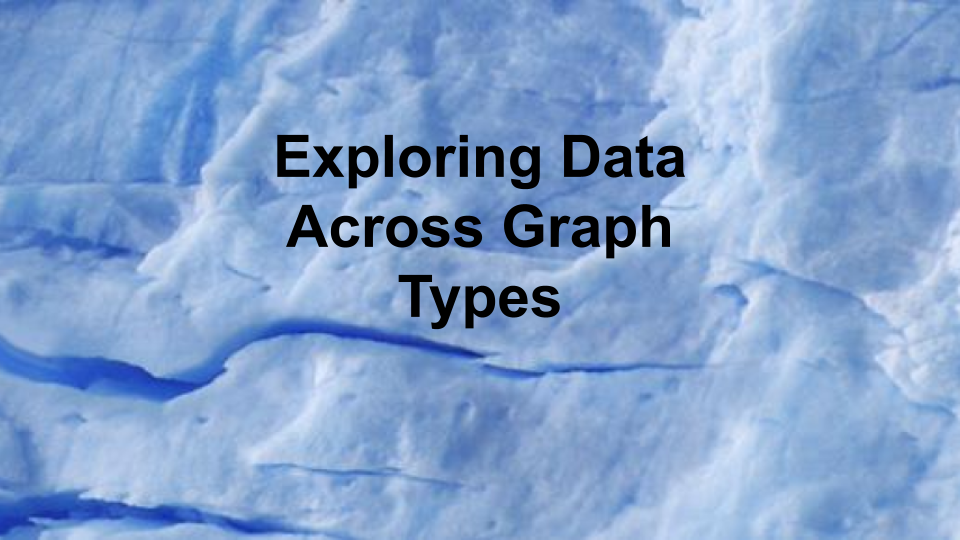Atmospheric scientists study the weather and climate and examine how those conditions affect human activity and the earth in general. Most atmospheric scientists work indoors in weather stations, offices, or laboratories.
Glaciology is the study of snow and ice. A glaciologist is one who studies and analyzes the movement and physical properties of glaciers and ice. Glaciologists research characteristics of the Cryosphere that include formation, movement, and effects of other parts of the Earth System.
Sea Level Scientists are also known by several other names (marine geologist, paleoceanographer, paleoclimatologist, etc.). These professionals use natural records from the past to characterize local, regional, and global environments.
Steve Nerem is the leader of NASA’s Sea Level Change team. His project, Observation-Driven Projections of Future Regional Sea Level Change, focuses on using NASA satellite and in situ observations and climate modeling to estimate future regional sea level change.
Check out this interview to learn more about Dr. Claire Parkinson's journey to become Senior Scientist researching Climate Change at NASA Goddard Space Flight Center.
Let us introduce you to Katrina Laygo and Melissa Oguamanam from NASA’s Goddard Space Flight Center. Melissa and Katrina are the Center Leads for the DEVELOP Program’s Goddard location.
Christy Hansen is the project manager on an airborne campaign for Earth science called Operation IceBridge. IceBridge teams are all over the country.
This video addresses the following question: "We know that there are a number of ways that data can be visualized. Would you please describe your process for looking at the same data as represented by different graph types and how this helps inform your meaning making from the data?"






.png)
.png)
.png)
.png)
.png)
